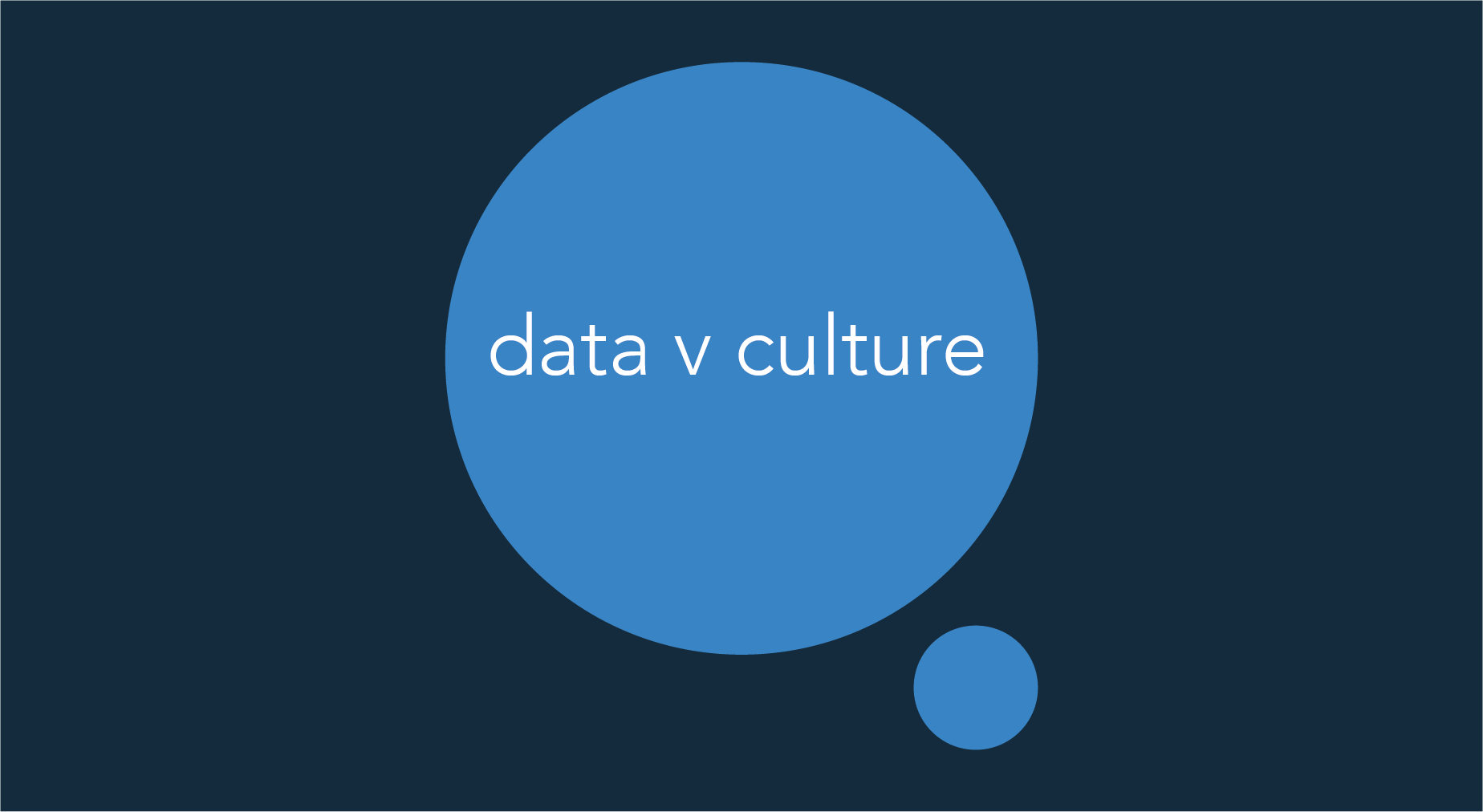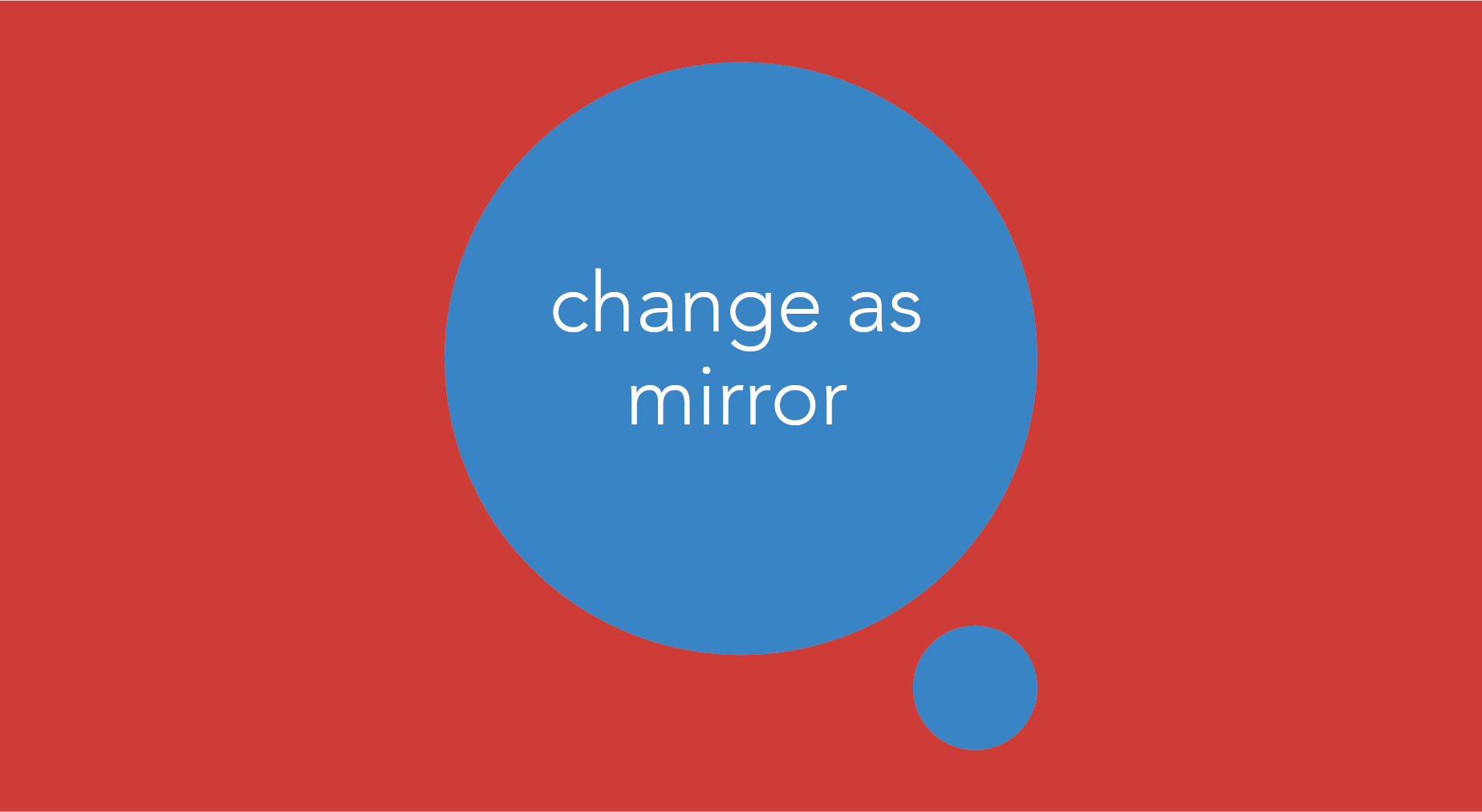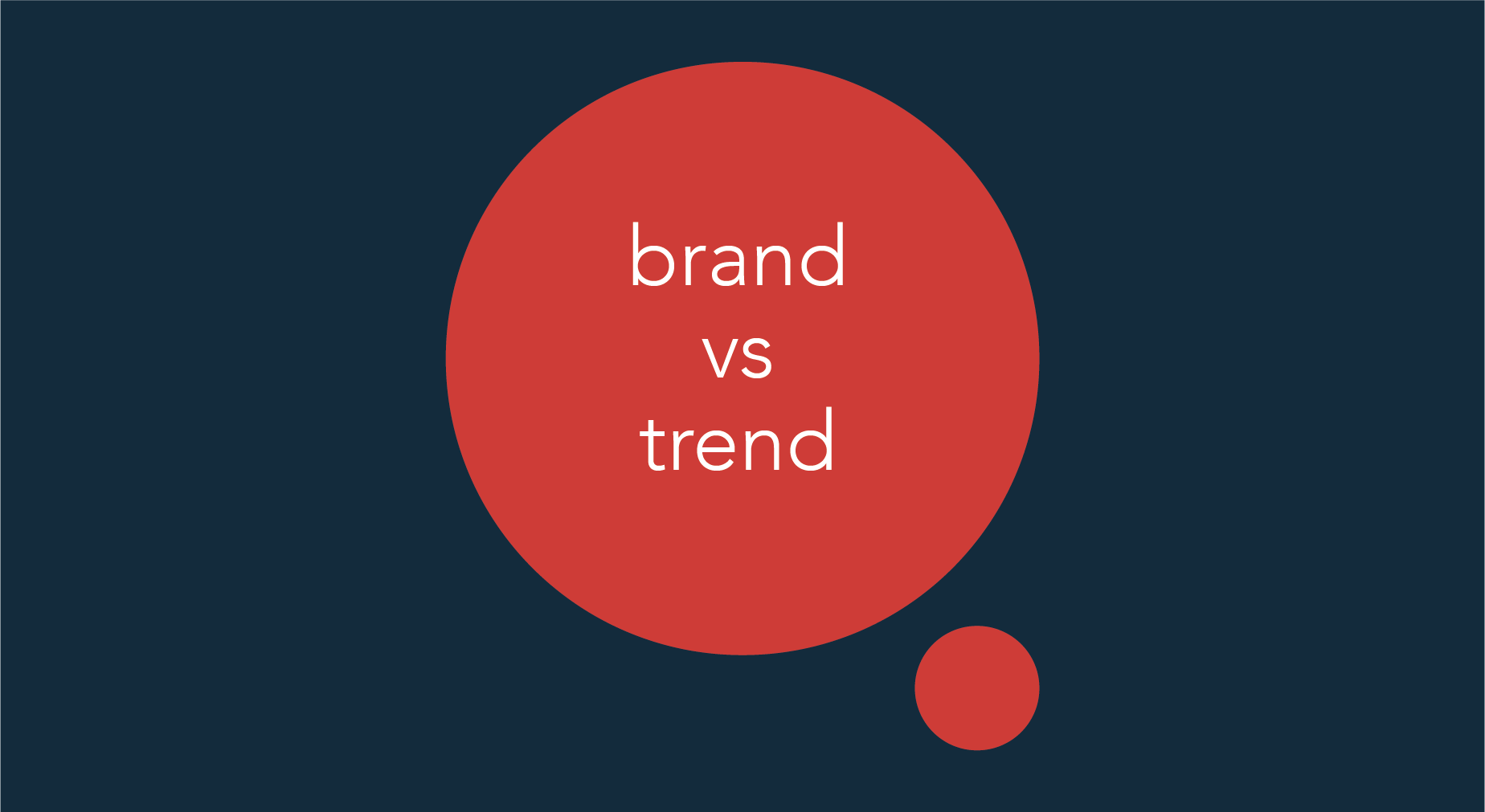After Covid
After Covid
For companies who have emerged intact from the Covid crisis, new strategies of adaptability, innovation, and getting ahead of the curve have been allowed in previously unthinkable ways. Every company and organisation had to invest in their workforce and customer base requirements and make changes under duress.
It became clear without doubt that the workforce and the client base define the existence of any business. Stimulus cheques aplenty have appeared like unicorns, even though we can’t find the magic money tree where those unicorns live. The unicorns have shown where business ‘value’ resides.
Researchers at McKinsey are predicting that after the euphoria and triumph, there will be a huge cost to businesses regarding the wellbeing of their workforce that may continue for the next two years. The adaptability and change, including the intrusion of work into private homes and private life, have created an increase of stress, exhaustion, depression, anxiety and complete burnout. This is predicted to result in withdrawal from work through illness, absenteeism or poor performance. It is aggravated by managers and Board members who proclaim triumphant results when the workforce is depleted.
Covid provides an opportunity for leaders to reconnect with their workforce in new and different ways. Leaders can find new interactions that recognise and support the mental and emotional realities of what their own people have lived through. Innovative solutions to make use of mental health strategies (EAPs as a minimum) along with group work can restore or revive a leader-team relationship after the crisis.
The shift in leadership is from the braggadocios to empathy. What can you do to connect with your workforce?
If you are a business leader looking for strategic implementation, transformation or a business review, get in touch now.
Thinking from Opus Psycheia






